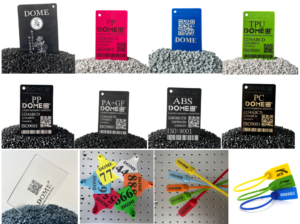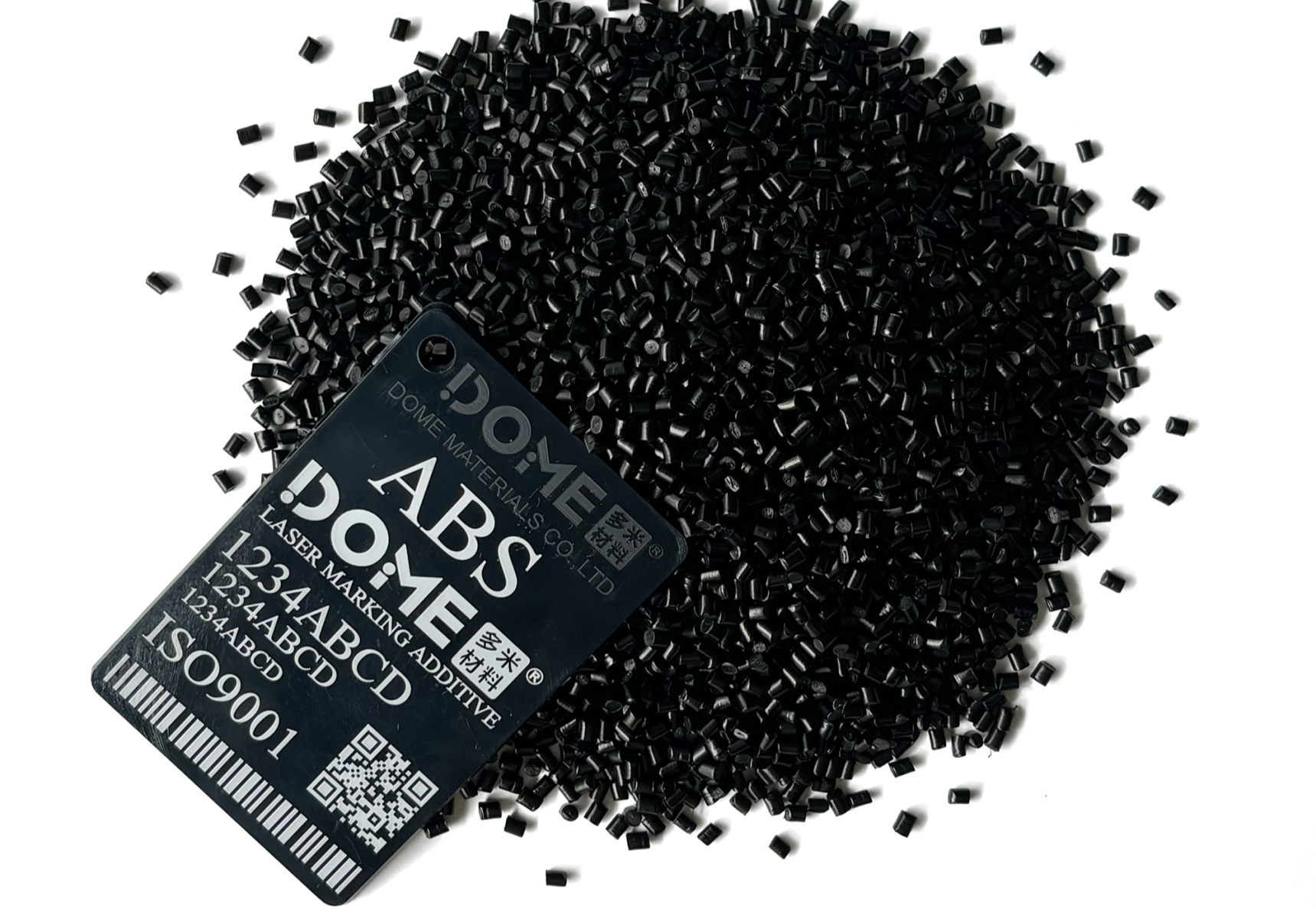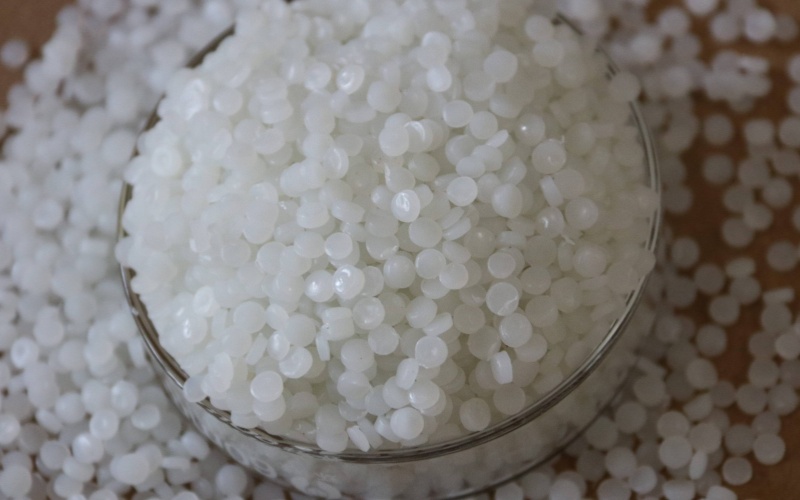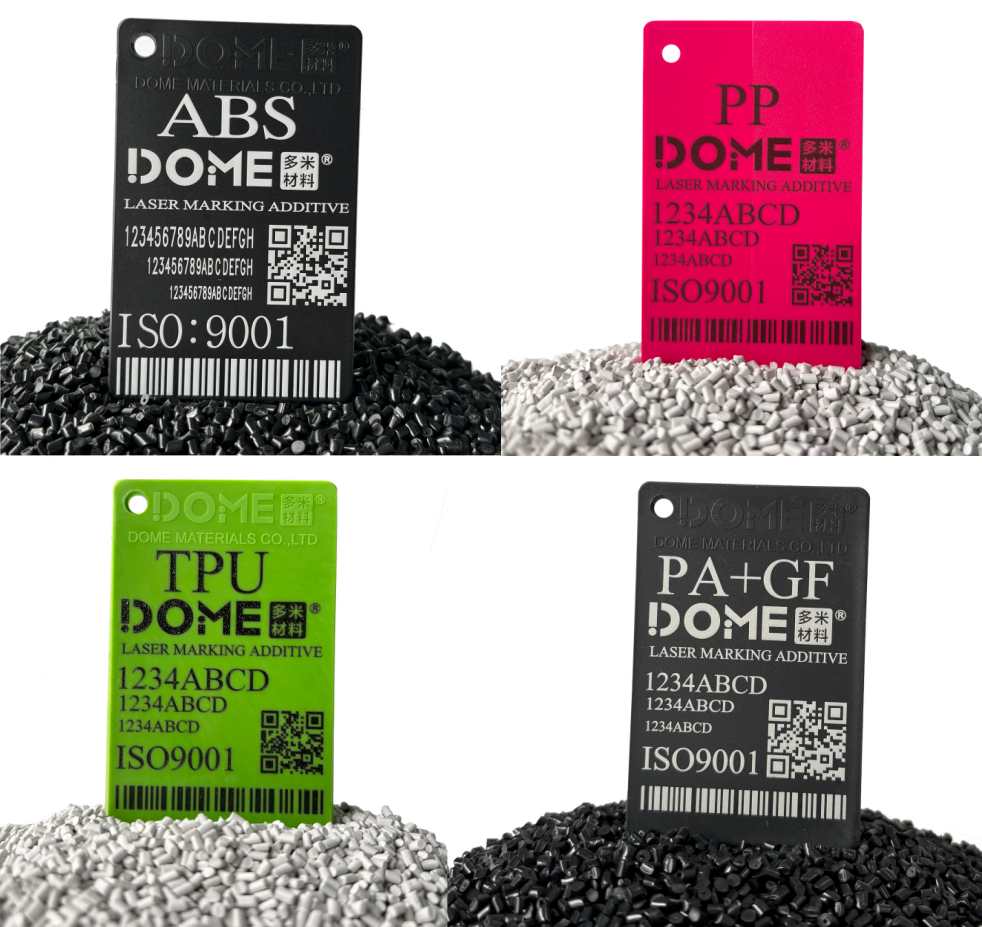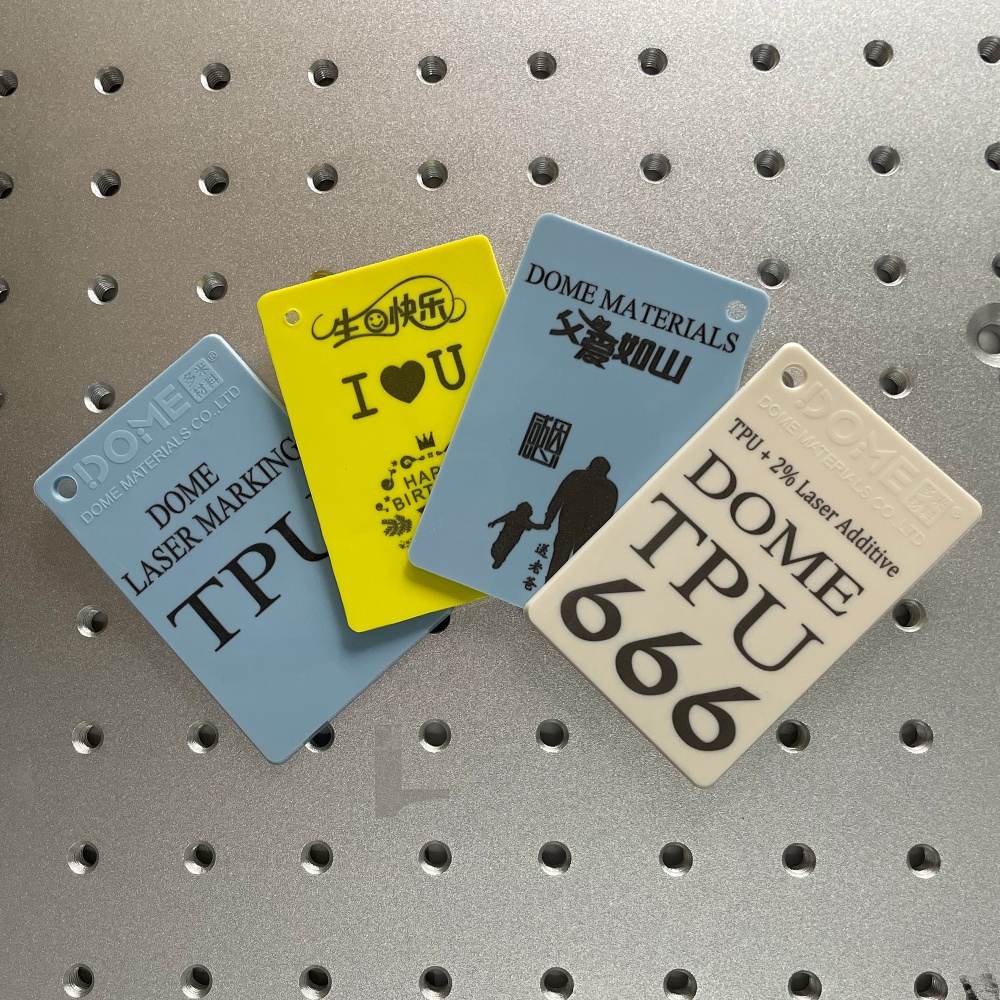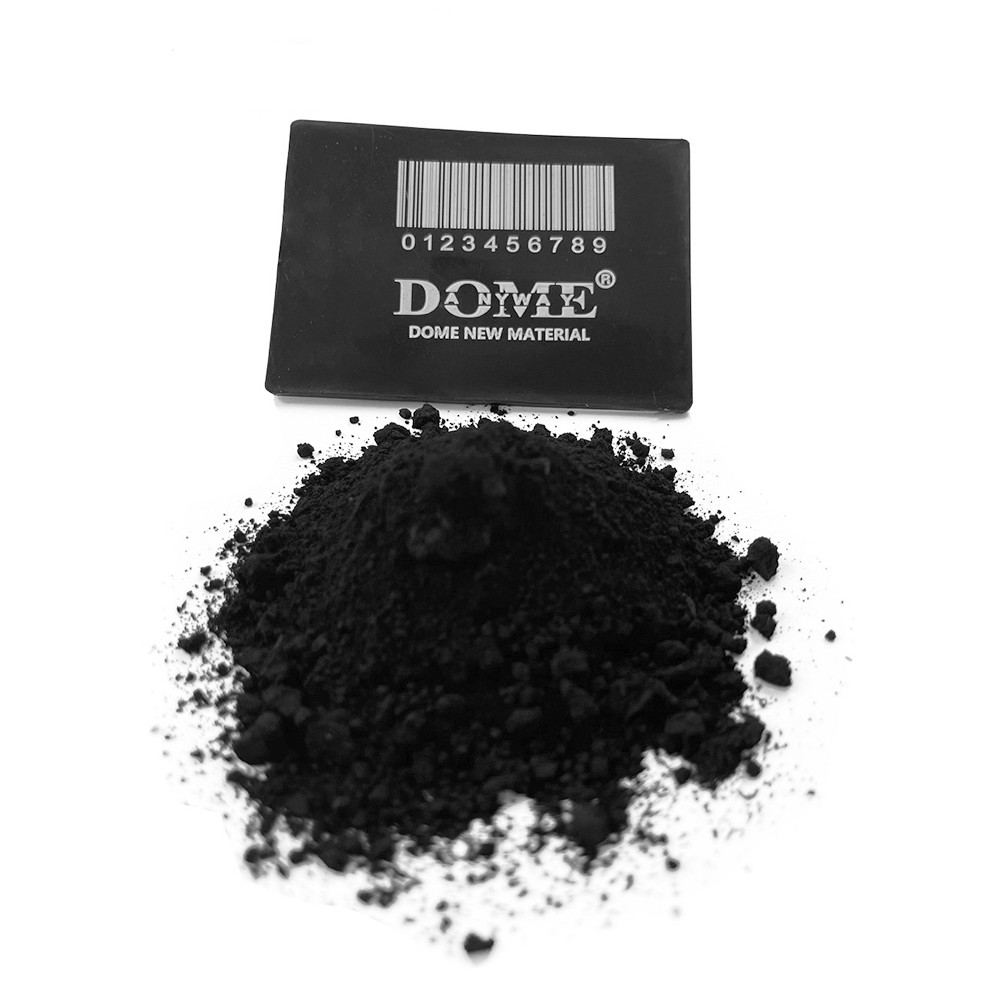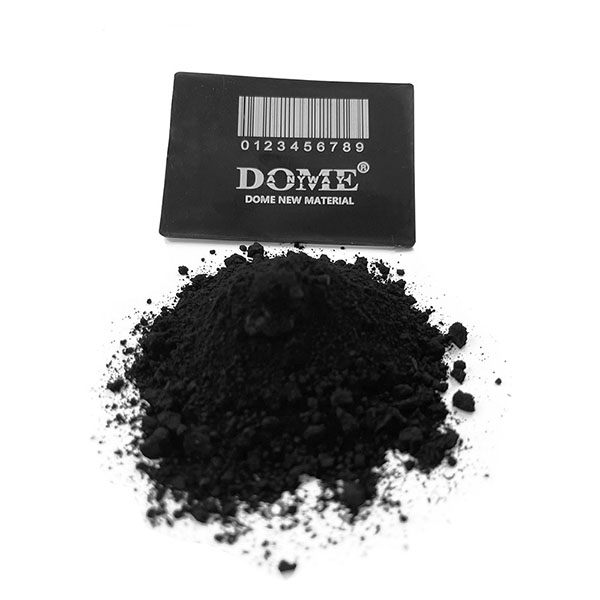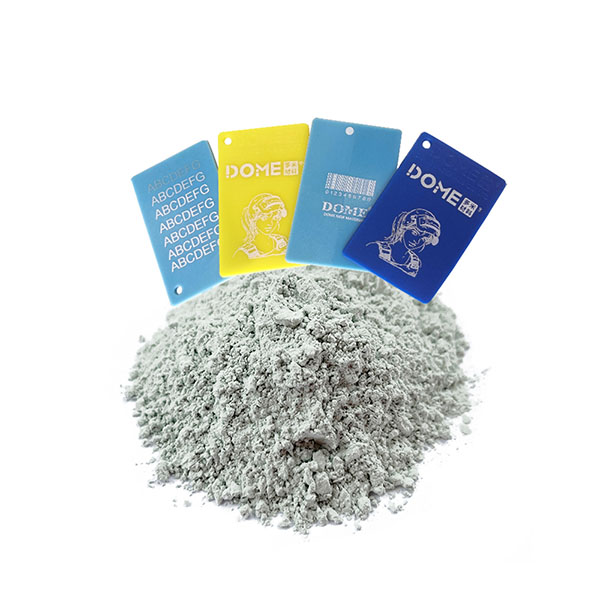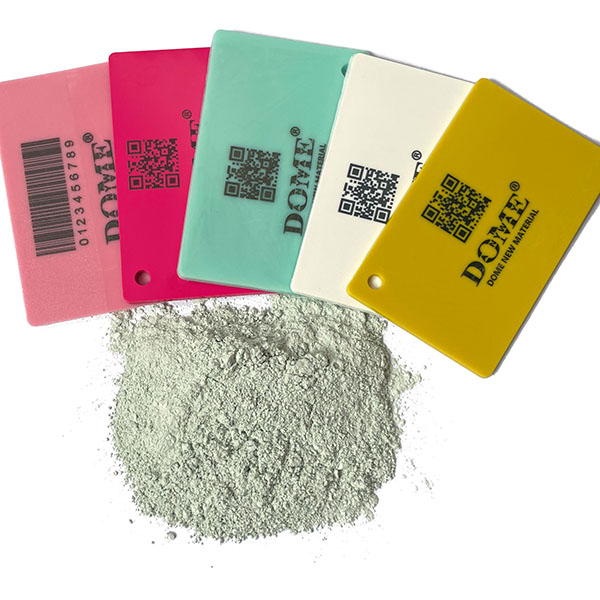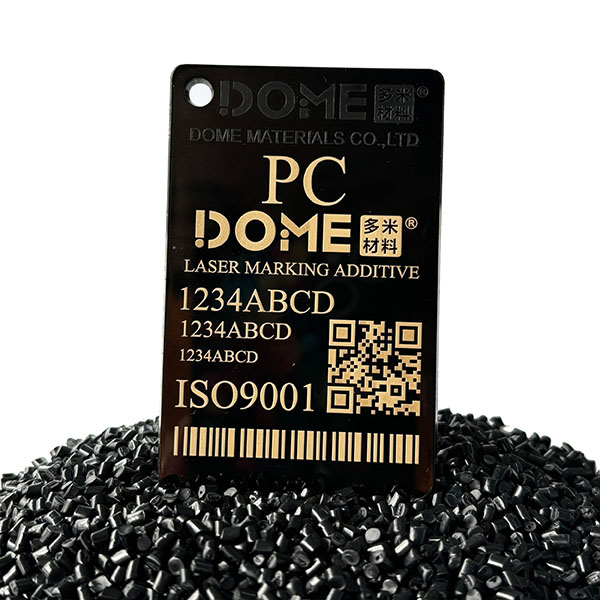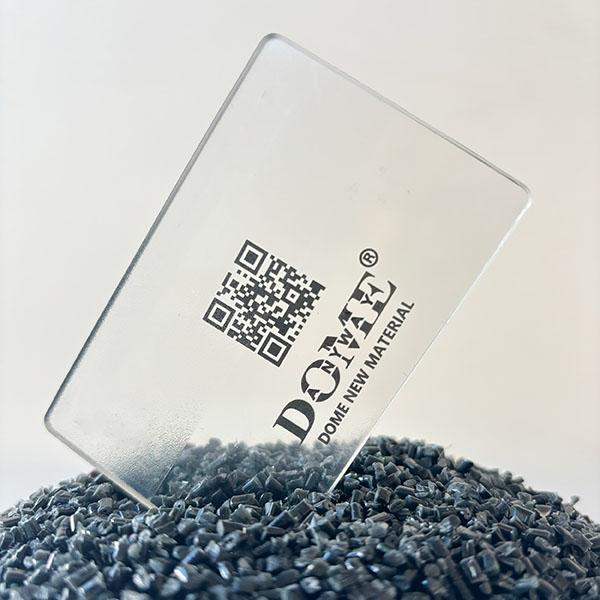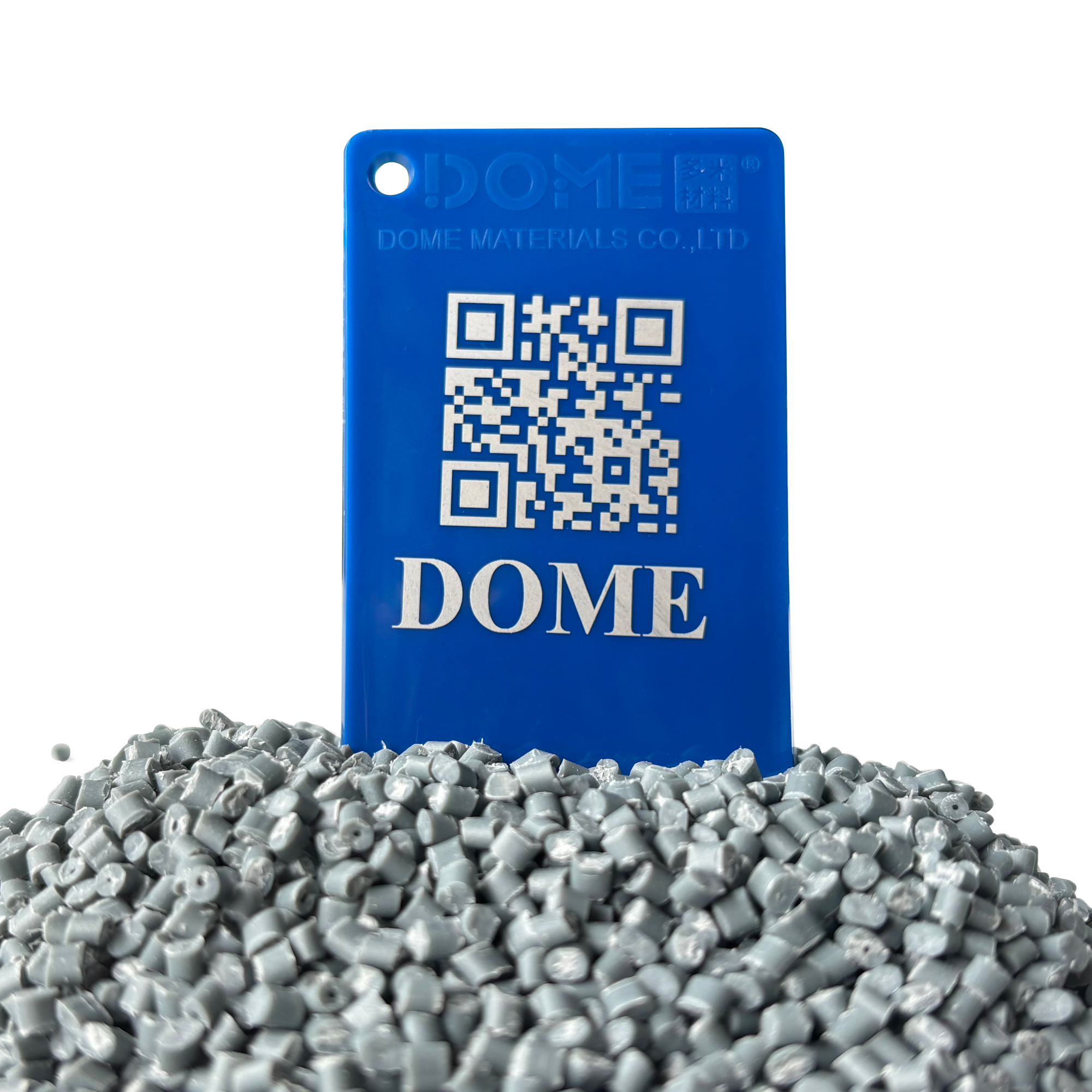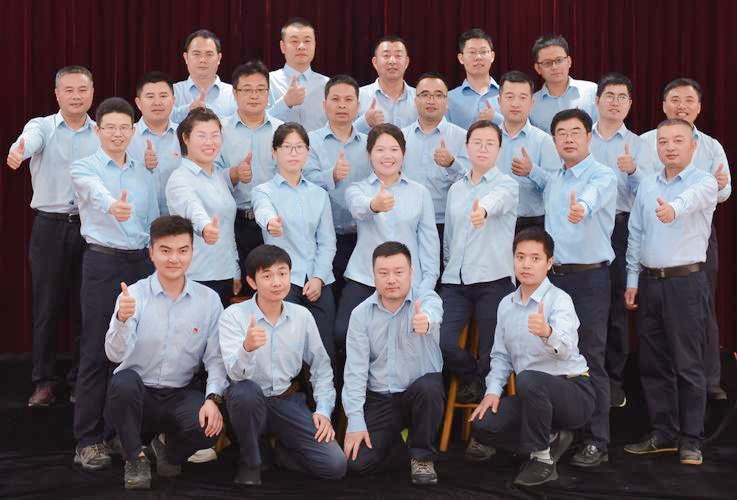Laser Marking: The Ultimate Cost-Saving Tool for Modern Industries
In today’s manufacturing landscape, laser marking technology has become an indispensable asset for countless businesses, spanning industries such as electronics, automotive, medical devices, and jewelry. From precise serial number engraving on electronic products to traceability codes on automotive parts, from critical information marking on medical instruments to intricate designs on jewelry, laser marking machines stand out with their unique advantages of high precision, efficiency, and non-contact operation. These machines leave clear, durable, and aesthetically pleasing marks on various materials. However, have you ever considered how much cost savings laser marking can bring to your business over the long term? Beyond daily operational expenses, this directly impacts a company’s profitability and competitive edge in today’s fierce market. Let’s delve into the secrets of cost savings unlocked by laser marking.
Savings on Consumables: Goodbye to Ink and Frequent Replacements
Traditional marking methods, such as inkjet printing or thermal transfer, heavily rely on consumables like ink and solvents. Businesses must regularly purchase these materials to maintain production, which can lead to significant expenses. For instance, a medium-sized company might spend tens of thousands of dollars annually on ink or solvent alone. Moreover, these consumables come with additional challenges, such as requiring dedicated storage space and precautions to avoid leakage or spoilage.
Laser marking, on the other hand, eliminates the need for ink and solvents, cutting this cost at the source. There’s no need to worry about ink drying out or evaporating solvents, which reduces procurement expenses and minimizes the risk of production delays caused by consumable shortages.
Additionally, laser marking machines boast significant maintenance advantages. Traditional marking equipment often requires frequent replacement of components like print heads or nozzles, which can be both costly and time-consuming, disrupting production efficiency. In contrast, the maintenance of laser marking machines is relatively simple, focusing mainly on calibration and occasional adjustments. This drastically reduces the cost of maintenance materials and labor, further optimizing a company’s cost structure.
Energy Efficiency: A Perfect Blend of High Performance and Low Waste

Some might wonder whether laser marking machines, with their relatively high power ratings, consume excessive electricity during operation. The reality is quite the opposite. While laser marking machines may require a higher power surge at startup, their incredibly fast marking speeds allow them to complete large volumes of tasks in a short period. This means that in high-volume production scenarios, the energy cost per unit is often lower than that of traditional marking methods.
For example, if a business needs to mark tens of thousands of products daily, laser marking technology can significantly reduce overall marking time, thereby lowering the energy cost per product. Moreover, laser marking machines use a non-contact processing method, eliminating the need for additional heating or cooling processes during marking. This significantly reduces unnecessary energy waste.
In contrast, traditional marking methods like thermal transfer often require preheating the equipment before each marking session and cooling it afterward, both of which consume considerable energy. By comparison, laser marking’s energy efficiency is clearly superior. Over time, the cumulative energy savings for businesses can be substantial.
Cost Savings Through Enhanced Production Efficiency

(1) Accelerated Production Speeds
Laser marking technology acts as an “accelerator” for marking efficiency, significantly enhancing the speed at which materials can be marked. In practical production scenarios, this means businesses can complete more marking tasks within the same amount of time.
For example, if the original marking speed is 100 products per hour, the use of laser marking aids can boost this speed by 20%, reaching 120 products per hour. Assuming an 8-hour workday, a business that previously marked 800 products per day can now mark 960 products. Without additional investment in equipment or manpower, production output increases significantly, reducing the per-unit production cost and creating more profit opportunities for the business.
(2) Reduced Rework and Defect Rates
One of the standout advantages of laser marking technology is the stability and consistency of marking quality. Traditional marking methods are often plagued by issues such as clogged inkjet heads, worn-out printheads, or environmental factors like temperature and humidity changes. These issues can result in inconsistent markings, such as blurred text or incomplete patterns, leading to rework or even defective products.
Laser marking aids effectively eliminate these problems, ensuring that every mark is clear and precise. For instance, a company with a previous rework rate of 5% could reduce it to just 1% after adopting laser marking technology. This translates to more efficient use of raw materials, avoiding waste caused by rework and defective products. Additionally, it reduces the need for repetitive labor, further optimizing the company’s cost structure and ensuring profitability.
(3) Significantly Shortened Production Cycles
In today’s highly competitive market, time is money. Laser marking technology, with its efficiency and precision, helps businesses significantly shorten production cycles. Faster marking speeds and improved quality enhance the overall flow and continuity of the production process, enabling products to reach the market more quickly.
This allows businesses to respond to market demands more swiftly and seize every opportunity. Additionally, shorter production cycles reduce the risk of inventory overstock. Previously, businesses with slower production rates often had to stockpile raw materials and semi-finished products to meet order requirements, tying up significant amounts of capital. With the adoption of laser marking technology, inventory backlogs are effectively reduced, freeing up working capital, lowering capital costs, and improving cash flow. As a result, businesses become more resilient to market risks.
Labor Cost Savings: Streamlining Workforce, Reducing Burden
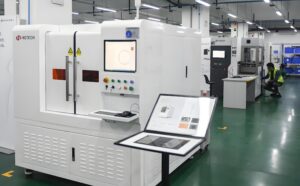
Laser marking technology significantly reduces labor costs by minimizing the need for manual intervention. Unlike traditional marking methods that require constant supervision, frequent maintenance, and skilled operators, laser marking systems are highly automated, requiring minimal human involvement. This allows businesses to streamline their workforce, allocate resources more efficiently, and lower labor expenses while maintaining consistent, high-quality output.
For example, a traditional marking production line might need five workers to operate effectively. With laser marking machines, only one operator is required for monitoring and basic maintenance, immediately cutting workforce requirements and costs. Additionally, laser marking machines are easy to operate, requiring only short-term training for employees to master basic functions and maintenance. This reduces training time and costs compared to the complex and lengthy training needed for traditional equipment.
By simplifying processes and reducing manpower reliance, laser marking enhances operational efficiency and enables businesses to focus their workforce on higher-value tasks, driving innovation and growth.
Comprehensive Cost Savings: High ROI and Enhanced Market Competitiveness
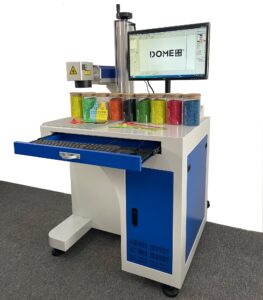
(1) Significantly Improved ROI
As highlighted in previous sections, the cost-saving benefits of laser marking technology are extensive and impactful. Every improvement contributes to substantial financial savings for businesses, from reduced consumable expenses and energy savings to increased production efficiency and optimized labor costs.
While the initial investment in laser marking technology involves equipment procurement, installation, and training expenses, these upfront costs are quickly offset by the ongoing savings generated across multiple areas. Most businesses can achieve a return on investment (ROI) within a relatively short time frame and begin reaping profits soon after. This positive cost-return dynamic boosts confidence in adopting advanced technologies, providing businesses with the financial foundation to pursue further innovation and sustainable growth.
(2) Strengthened Market Competitiveness
The significant cost reductions achieved through laser marking translate directly into a powerful pricing advantage in the marketplace. In today’s competitive environment, where similar products flood the market, businesses with lower production costs can implement more attractive pricing strategies. This allows them to stand out in price wars, attract more customers, and capture larger market shares.
At the same time, the high-quality marking effects provided by laser technology add unique value to products. Clear, durable, and aesthetically pleasing markings not only enhance the overall appearance of products but also convey a commitment to quality. This builds consumer trust and loyalty, making products more desirable.
In a market where functionality often meets consumer expectations, these “invisible” added values can be the decisive factor in purchasing decisions. By combining cost advantages with superior quality, businesses can thrive in competitive markets, expand their reach, and transform from industry followers to market leaders.
Case Studies: Businesses That Achieved Cost “Turnarounds” with Laser Marking
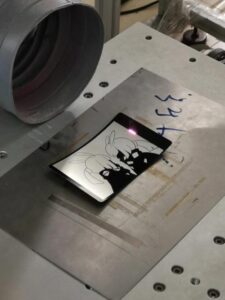
(1) Electronics Manufacturing: A Small Business Transformation
A small electronics accessories manufacturer initially relied on traditional inkjet printing to mark product models and batch numbers. As order volumes grew, they realized that annual ink costs exceeded $5,000, and frequent issues like clogged printheads and ink smudging led to a rework rate of nearly 8%. This not only wasted raw materials but also increased labor costs due to additional rework.
Determined to address these inefficiencies, the company adopted laser marking machines. As a result, ink costs dropped to zero, and the rework rate fell below 1%. Production efficiency improved by 30%, and the marking process, which previously required five workers, now only needed one. Monthly labor costs were reduced by $1,000. Within a year, the cost savings exceeded the initial investment in the laser marking machine, significantly expanding the company’s profit margins and enabling further investment in product development and market expansion.
(2) Automotive Parts Manufacturing: Precision for Industry Leaders
In the automotive parts sector, a large manufacturer faced intense competition and cost pressures. Supplying parts to global automotive brands, the company required markings with exceptional clarity, durability, and efficiency.
Previously, they used thermal transfer technology, which required costly transfer films and consumed significant energy due to preheating and cooling processes. Additionally, markings often wore off under harsh conditions, leading to customer complaints and costly returns.
After implementing advanced laser marking systems, the company achieved remarkable results. Consumable costs were eliminated, energy consumption decreased by 25%, and marking speeds increased by 40%. Production cycles were shortened, inventory turnover improved by 35%, and high-quality laser markings enhanced product anti-counterfeiting features and brand image. These improvements earned the company widespread customer praise, boosted market share, and solidified its position as an industry leader.
(3) LED Lighting Industry: Illuminating Cost Savings
The LED lighting industry is highly competitive and fast-growing. A mid-sized LED lighting manufacturer previously relied on screen printing to mark product parameters and brand logos. However, screen printing ink faded over time, was environmentally unfriendly, and struggled to keep up with increasing order demands.
After transitioning to laser marking machines, the company experienced significant benefits. Ink costs were eliminated, saving $3,000 annually. Production efficiency increased by 25%, allowing the company to fulfill backlogged orders more quickly and reduce inventory costs by 15%. Furthermore, the enhanced marking quality improved product differentiation and market appeal. As a result, the company was able to increase product prices slightly, further expanding profit margins. By leveraging laser marking technology, the business achieved a perfect balance between cost savings and profitability, ensuring steady growth in a competitive market.
These real-world examples from diverse industries vividly demonstrate the immense cost-saving potential of laser marking technology. Regardless of a company’s size or industry, leveraging the advantages of laser marking can help businesses achieve cost breakthroughs and seize greater opportunities in competitive markets.
How to Start Your Laser Marking Cost-Saving Journey

If you’re ready to unlock the cost-saving potential of laser marking for your business, here are some key steps to get started:
(1) Choose the Right Equipment
Select laser marking machines tailored to your specific product requirements, including material type, size, and marking precision. For example, fiber laser marking machines are ideal for marking metals with depth requirements, while UV laser marking machines excel at marking delicate materials like plastics and glass without causing heat damage. Additionally, consider factors like equipment stability and after-sales support to ensure long-term reliability.
(2) Optimize Marking Processes
Collaborate with equipment suppliers to refine and optimize marking parameters. Conduct trials to determine the ideal laser power, marking speed, and pulse frequency to achieve the best balance between quality and efficiency. Stay updated on advancements in laser technology to continuously improve processes and maintain a competitive edge.
(3) Train Your Workforce
Provide professional training for operators so they can master basic operation procedures, parameter adjustments, and routine maintenance. Skilled operators can prevent equipment mishandling, extend machine lifespan, and ensure uninterrupted production, minimizing downtime and maximizing efficiency.
Conclusion: Laser Marking—The Smart Choice for Long-Term Savings

Reflecting on the various areas of cost savings—consumables, energy, production efficiency, and labor—it’s clear that laser marking technology delivers comprehensive and sustainable benefits for businesses. These advantages are not isolated but interconnected, creating a robust cost structure that enhances competitiveness.
Whether you’re a small startup or an industry leader, laser marking technology offers a tailored pathway to cost reduction and market success. As technology continues to evolve, laser marking machines will become even more efficient, precise, and versatile, unlocking new opportunities for cost savings and growth.
For businesses yet to adopt laser marking, now is the perfect time to embrace this transformative technology. Start your journey today by researching, selecting, and integrating laser marking into your production processes. For those already benefiting from laser marking, continue to optimize and innovate to maintain your competitive edge. With laser marking as a tool for cost efficiency and quality excellence, your business can confidently navigate market challenges and achieve long-term success.

